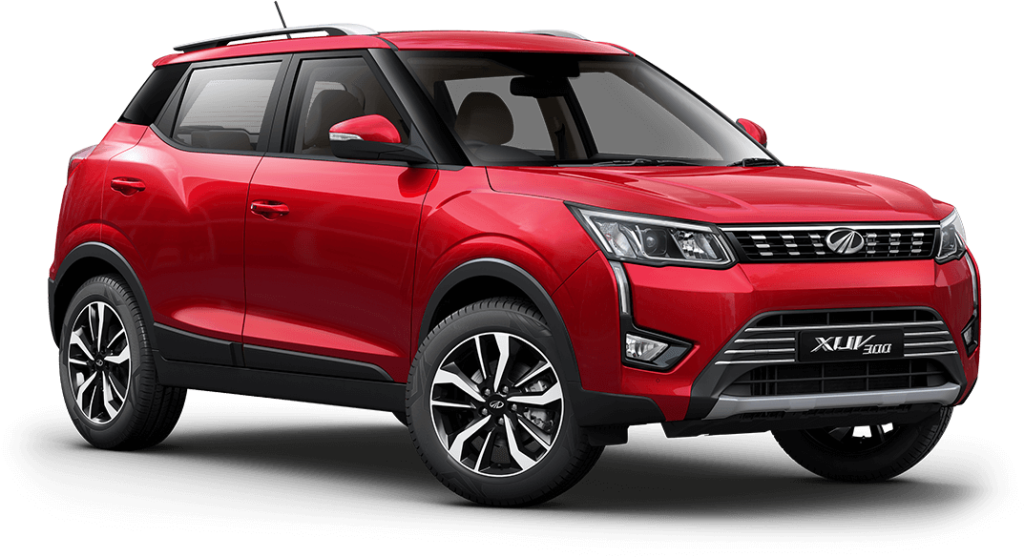According to The Global New Car Assessment Programme (GNCAP), Mahindra recently launched the XUV300 in South Africa and is rated the safest car in Africa. Read on further about why this is so.1
The XUV300’s safety rating1
The Mahindra model achieved a 5-star GNCAP safety rating for adult occupancy, and a 4-star GNCAP safety rating for child occupancy. This beats any other car in this particular class and passenger-vehicle segment in Africa concerning safety.
A closer look at the XUV3001
This car ticks all the boxes of safety, space, comfort, performance, and style.
What makes the XUV300 so safe? 1
It boasts of 7 airbags, which include curtain airbags (to protect the head), side airbags, dual-front airbags, and knee airbags. It’s the first in its class with front-parking sensors, while it has ISOFIX child-seat anchor points at the rear. The car also has seatbelt reminders so you can’t drive off without wearing them. Usually, cars only have disc brakes in the front, but the XUV has it on all 4 wheels. Heated outside rear-view mirrors will enable you to use them under most conditions.
How does it travel? 1
For safe handling on the road, the car is equipped with roll-over mitigation and traction control, in conjunction with hill-start assist. It also has hydraulic brake assist and an electronic stability programme with dynamic steering torque. Front and rear fog lights ensure that you can see and be seen under adverse weather conditions.
Efficient brake system1
Excellent braking is crucial in emergencies and can save lives. All variants have ABS brakes and electronic brakeforce distribution (EBD).
What about the tyres? 1
Tyres are your only contact with mother earth, and Mahindra has realised the vital importance of ensuring tyres must always be in good working order. So, Mahindra has installed a tyre pressure and temperature monitoring system called Tyre-tronics.
The Tyre-tronics system could prevent blow-outs1
This system will immediately notice if one of the tyres is experiencing a rapid air leak due to hitting a sharp object on the road. This would give you sufficient time to slow down and address the problem. Without this program, you would carry on driving until there is a possible tyre blow-out, with possibly disastrous consequences.
The Tyre-tronics system warns you of incorrect air pressures1
A heat build-up in the tyres would indicate extra rolling friction due to under-inflation. So, at the next garage stop, you would be able to rectify the problem.
It’s all about safety1
Let’s face it – how can you put a price on a human life? Even though you can’t control the way other motorists drive, you can certainly drive a car that is as safe as possible.
But, unfortunately, accidents do happen, and when they do, are you adequately covered? South African roads are one of the most dangerous globally, so if you are not sure about your car insurance, contact a car insurance company. Get affordable car insurance products that are designed for South African motorists, which include unique benefits like fixed premiums* and a reduce to zero excess* as well as world-class service. T’s and C’s apply.
Source:
1https://www.news24.com/drum/partnercontent/introducing-the-safest-car-in-africa-20220412
This article was prepared by Eric Sandmann in his personal capacity. The views and opinions expressed in this article are the author’s own. The views and opinions in the article should not be attributed to anyone but the author unless expressly stated. Nothing in this article should be relied upon as advice, this publication is presented for informational purposes only. No person should act or refrain from acting in reliance on any information found in this article, without first obtaining proper financial advice from the appropriate professional. The author makes no claims, promises or guarantees about the accuracy, or completeness, of any information linked from, referred to, or contained in this article. The author reserves the right, to edit and change the content of this article.
